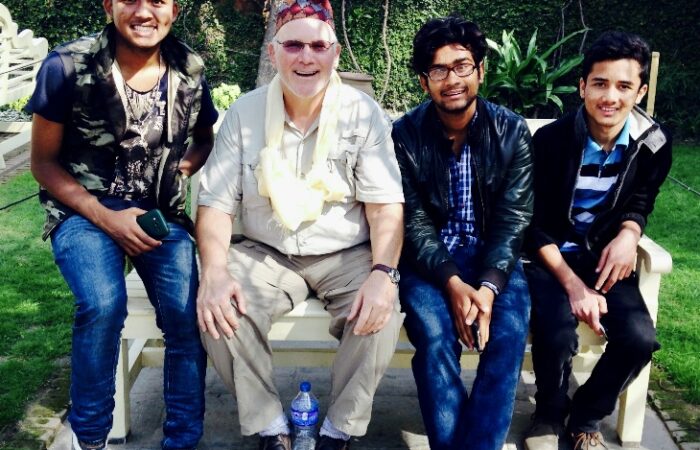The Western or Gregorian calendar that we use today was introduced in 1582 by Pope Gregory XIII to address the shortcomings of the Julian Calendar. However, it still took England 170 years to sign on to it! Today, only four countries have not adopted the Western or Gregorian calendar: Afghanistan and Iran (which use the Solar Hijri calendar), Ethiopia (the Ethiopian calendar), and, not surprisingly, Nepal (Vikram Samvat).
If you think these countries are “backward,” it just so happens that the Hijiri or Persian calendar is the most accurate of them all because it is based on the solar year (not the lunar months) and by calculating the New Year from the day of the vernal equinox! This demonstrates just how advanced were Babylonian (proto-Persian) mathematics and calendric were at the time and why it was exported to all corners of the ancient world. Centuries later, the 3 Magi, who were actually learned Zoroastrian “astronomers” (also Babylonian based) followed “yonder star to Bethlehem. Had King Herod the Great of Judea not been so focused on Massacring the Innocents, he might have referred the Wise Men to Caesar Augustus; and in so doing, Augustus might well replaced his grandfather Julius’ newly adopted calendar with the Hijiri calendar and saved the Western World from 1500 years of inconsistencies, revisions, and confusion. As history would have it, the Eastern Orthodox Church, which doesn’t follow the Popes’ pronouncements, still uses the Julian Calendar which will celebrate the Julian New Year in April 9, 2023.
The current Nepali calendar Vikram Samvat was finally adopted by the Rana Dynasty in Nepal in the year 1901. However, this calendar was first adopted by the legendary Indian King Vikramaditya in 57 BCE (long before there was a Nepal). To be precise, the official Nepali New Year, 2080, is 57 years 8 months ahead of our Gregorian calendar (2023 +57 =2080) and will begin on April 14 this year. OMG! This is just 5 days later than the Julian calendar, even after 2000 years! (Not surprisingly actually, since both are lunar calendars and were originally instituted within a decade of each other!) However, because they are lunar calendars, their New Year’s Day falls on a different Gregorian date each year, like our Easter and Thanksgiving (which are dated by the phases of the moon as well, too).
From Day 1, nothing is simple in Nepal. There are more than 20 different New Year’s Days in Nepal as there are many ethnic groups (Newar, Tibetan, etc.) who have their own traditions and calendars! For example, the Tibetan New Year (2150) was Jan 22, 2023; the Chinese New Year (4721!) was February 10, 2023; and the Newari New Year (1143) was October 22, 2022. This is one reason there are so many holidays in Nepal!






